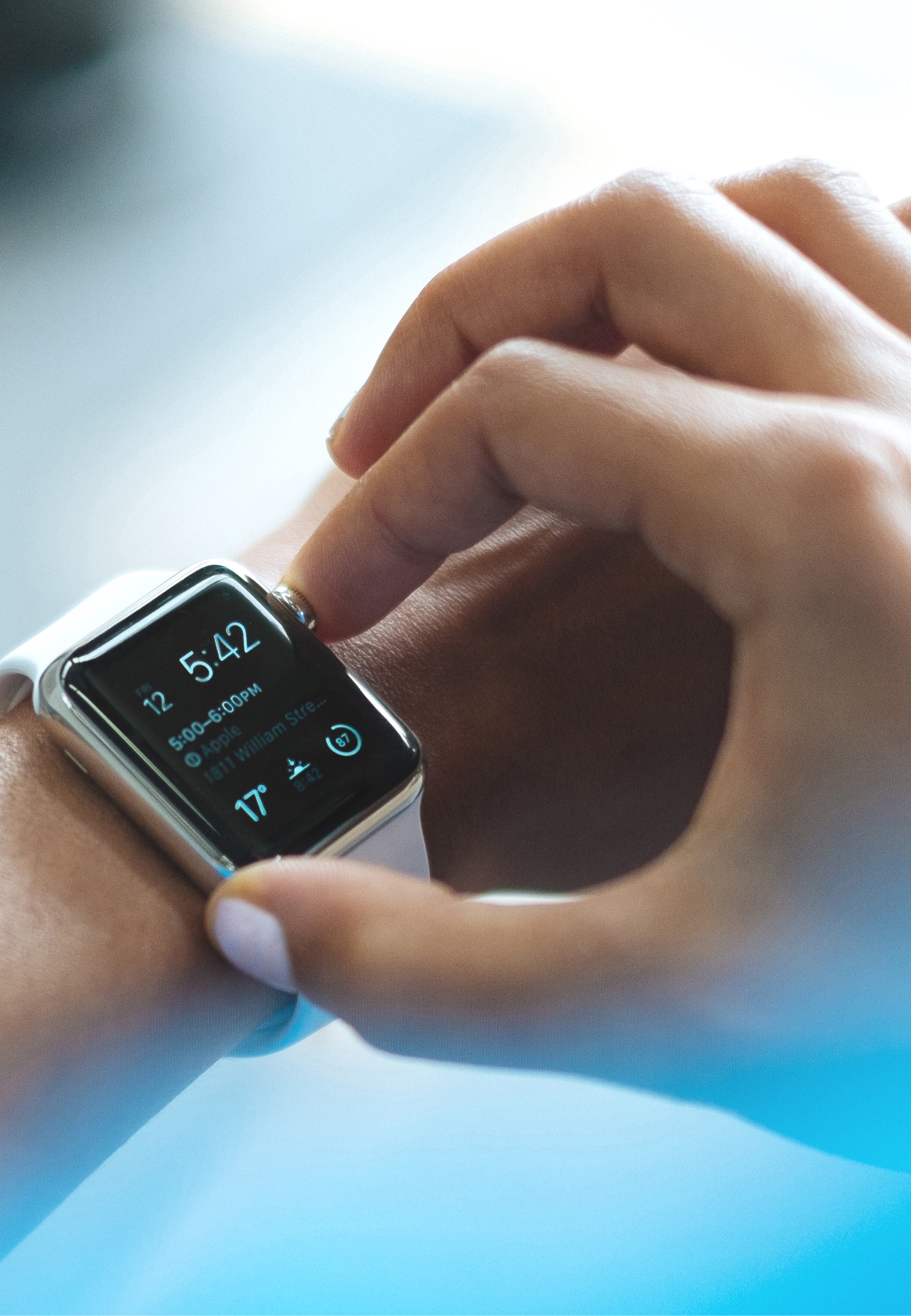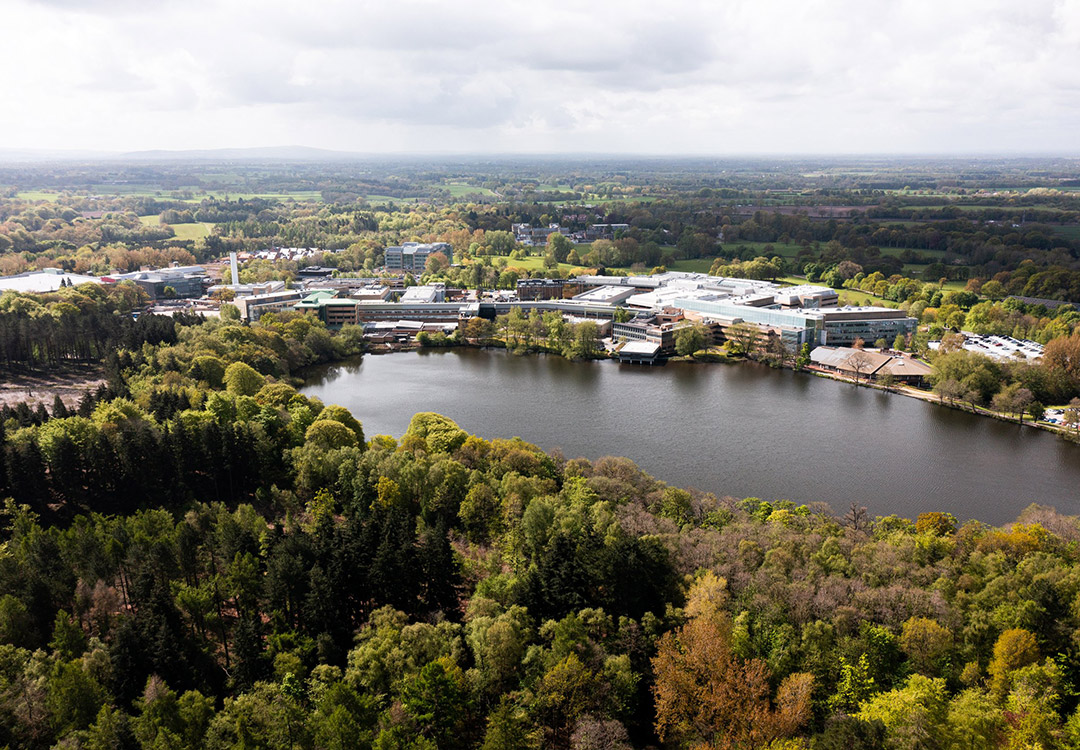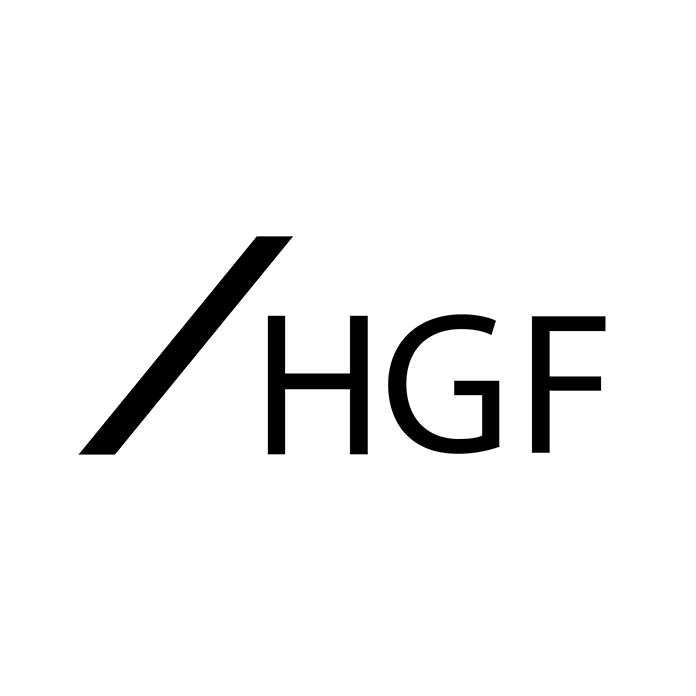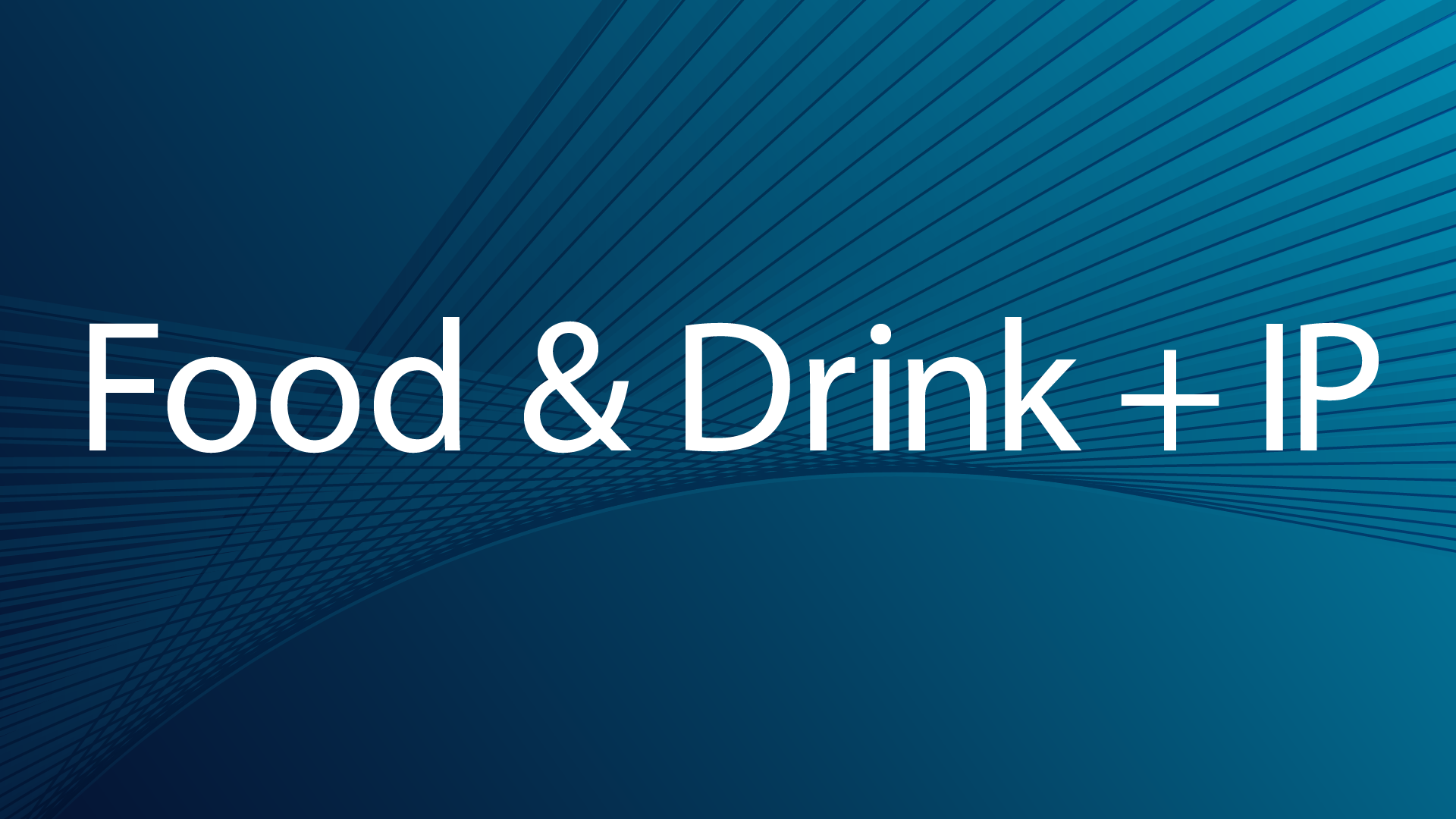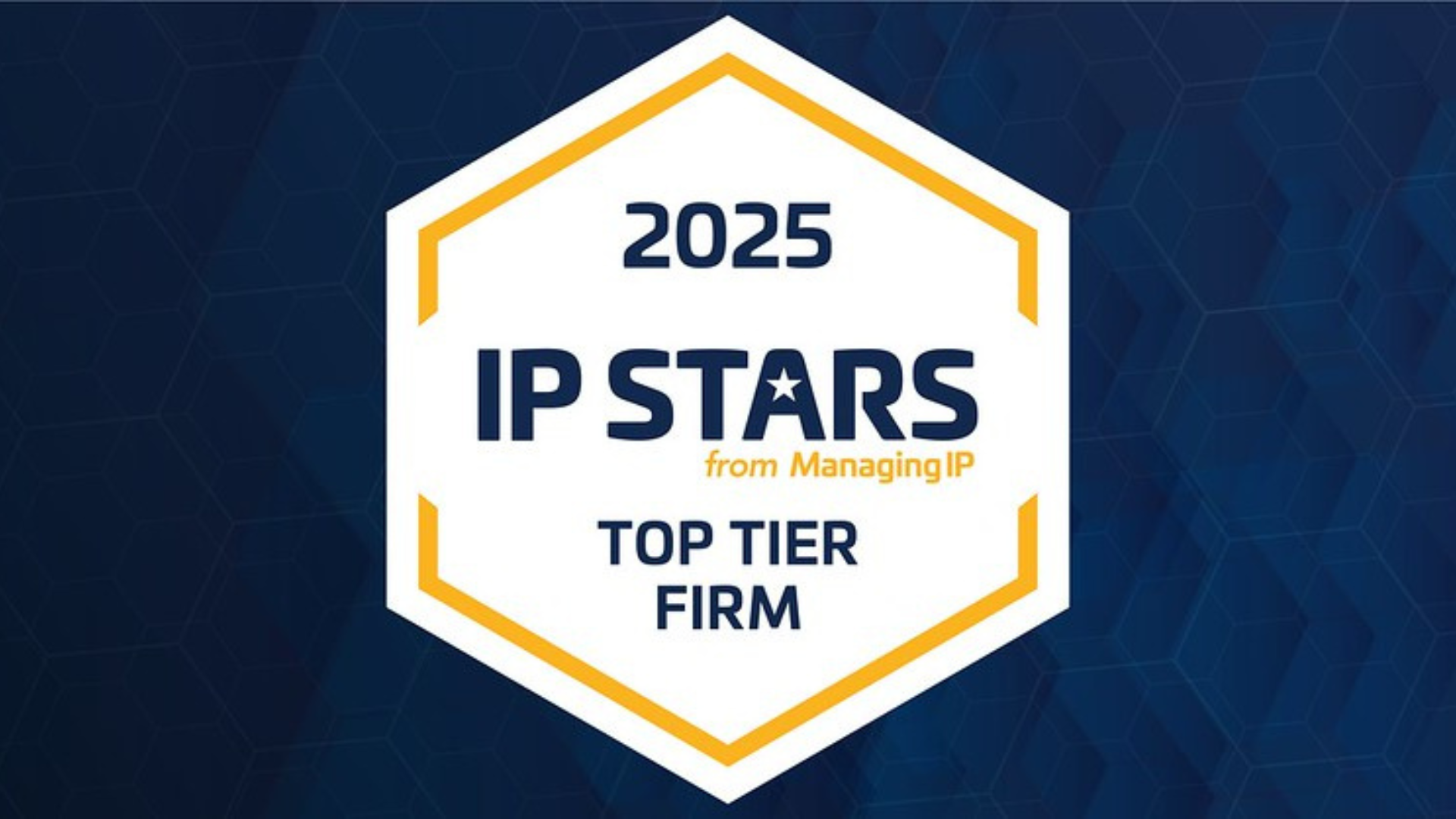News
Navigating the quantum leap: patenting the future of quantum software
December 2023
For many years, successfully patenting software-related inventions had a reputation – in our experience unjustified – as being difficult and confusing. Whilst most legal systems have now developed a consistent approach to the assessment of computer-implemented inventions, that legal practice has been developed entirely based on classical computing.
Quantum computing is now emerging as a rapidly developing field and is widely regarded as having enormous potential to deliver a step change in the complexity of computing problems that can be carried out within a useful time frame. In this article, we consider the extent to which software for quantum computing is eligible for patent protection, with a particular focus on practice in front of the European and UK patent offices.
Quantum Software
Whilst practical applications of today’s quantum computers remain in their infancy, a report compiled by the European Patent Office (EPO) showed a recent boom in quantum computing patent filings. For example, the number of quantum computing related patent families published per year more than doubled between 2017 and 2021. Much of this innovation lies in the hardware for realising and manipulating qubits in order to carry out quantum computation. However, there is also plenty of innovation directed to the development of software for quantum computing (quantum software).
For example, innovative methods for execution on quantum computing hardware (e.g. quantum algorithms) are being developed in order to solve real-world problems which remain out of reach of even the most powerful classical computers. Quantum software methods might also encompass some steps performed on a classical computer. For example, quantum software related inventions may lie in methods of control of quantum computing hardware, methods of translating high-level instructions into operations for execution on quantum hardware (akin to a compiler) and quantum error correction methods.
The classical approach
Both the European Patent Convention (EPC) and the UK Patents Act include a statutory exclusion to the patentability of a program for a computer (as such). In practice, however patent protection is available for computer implemented inventions which produce a “further technical effect”, which goes beyond the “normal” physical interactions between the program (software) and the computer (hardware) on which it is run. Under the examination approach adopted at the EPO, there are two main streams of “further technical effects”: i) those that produce a technical effect outside of the computer; and ii) those that are designed based on specific technical considerations of the internal functioning of the computer.
Under caselaw of the UK courts, a series of signposts (referred to as the AT&T signposts) have been developed, which provide pointers to possible further technical effects. In particular, the AT&T signposts define effects which: i) produce a technical effect on a process carried on outside of the computer; ii) operate at the level of the architecture of the computer; iii) result in the computer being made to operate in a new way; and iv) make the computer a better computer in the sense of running more efficiently and effectively as a computer, as pointing to a further technical effect.
Does the classical approach apply to quantum software?
Quantum computers operate according to fundamentally different principles to classical computers. Where classical computers use bits, which can only exist in one of two states at any given time, quantum computers use qubits which can exist in a superposition of both of its states simultaneously. Furthermore, qubits can be entangled with each other such that their quantum states become correlated. Consequently, the gate operations used in quantum computing, the way that quantum algorithms are optimised and the nature of the results returned by quantum operations are all fundamentally different to their classical counterparts.
Given the fundamental differences between classical and quantum computers, it is reasonable to ask whether the classical approach should also apply to quantum software?
Whilst a large and ever increasing number of patent applications have been filed which are directed to quantum computing, it is still too early for any quantum-specific case law to have been developed. There is, however some early evidence emerging from both the UK and European patent offices to suggest that the classical approach will also be applied to inventions directed to quantum software.
For example, two UK patent office hearing decisions (O/130/22 and O/935/22) have been issued which relate to assessing whether methods implemented using a quantum computer relate to subject matter which is excluded from patentability. In decision O/130/22, the hearing officer explicitly addressed the suitability of the classical approach and concluded that the AT&T signposts are “valid for quantum computers as for classical computers and still provide[s] useful signposts as to whether the claimed invention makes a technical contribution”. The AT&T signposts were also adopted in decision O/935/22.
Furthermore, a recent series of “Examination Matters” workshops conducted by the EPO included a session directed to quantum computing in which EPO examiners confirmed that it is internal practice at the EPO to draw a direct analogy between classical and quantum computing. In particular, it was suggested that existing case law and examination guidelines can be interpreted for the purposes of quantum computing inventions by viewing a quantum computer as a form of computer and a quantum circuit as a form of a program for a computer.
What does this mean for the patentability of quantum software?
Similarly to the classical approach, it can be expected that quantum software will qualify for patent protection either by virtue of: i) what the software does in terms of solving a technical problem outside of the computer; or ii) how the software operates in terms of its interaction with hardware.
- i) What does the quantum software do?
Current useful applications of quantum algorithms are often directed to solving mathematical problems or to the simulation of complex systems (e.g. deriving fundamental properties of quantum mechanical systems). Whilst outputs of quantum algorithms might be useful for solving technical problems (e.g. using the outputs of simulations of chemical reactions for new drug design), they are often designed and described at a level of generality which doesn’t specifically tie them to the solution of those problems.
For example, the patent application under consideration in the UK hearing decision O/130/22 was directed to an algorithm (for execution using a quantum computer) for determining at least one unknown energy level of a physical system comprising atoms. In this instance, the hearing officer found that even if the physical system is seen to correspond to a system which exists in reality, the potential use of the outputs of the algorithm were too broad to be specifically linked to solving a technical problem outside of the computer. It was considered that even if the results of the algorithm could be used in technical applications (such as better drug design, or a better photovoltaic article) the outputs of the algorithm were too far removed from such technical use that further inventive work would be needed to realise such a technical effect.
A similar approach is also likely to be applied by the EPO, whose recent Enlarged Board of Appeal decision G1/19 concluded that the output of a simulation can only be considered to bring about a technical effect where that effect is at least implied in the claims and the technical use of the output of the simulation extends across the entire scope of the claim (i.e. the claim does not also encompass non-technical uses).
If patent protection is to be sought for quantum software related inventions on the grounds of the technical problems that they solve outside of the computer, it will therefore be important to claim them in such a way that they are specifically limited to their application to those technical problems.
- ii) How does the quantum software operate?
Under the European examination approach, a program for a computer is eligible for patent protection if it is designed based on specific considerations of the internal functioning of the computer. Furthermore, the AT&T signposts developed under UK case law indicate that a technical contribution is provided if the claimed effect (amongst other things) operates at the level of the architecture of the computer, results in the computer being made to operate in a new way, or makes the computer a better computer in the sense of running more efficiently and effectively as a computer.
Many of today’s developments in classical software are directed at a high level and are intended for implementation on any generic hardware. It can therefore often be difficult to tie the software to specific considerations of the hardware on which it is to be run.
However, almost all quantum software is on some level specifically designed to utilise the unique properties of the hardware of quantum computers. As a result, today’s quantum software innovations are often contemplated at a lower level than their classical counterparts and in some cases are even considered at a machine code level (e.g. pulse level control of qubits). It may well therefore be possible to define many of today’s developments in quantum software in such a way that they are eligible for patent protection in Europe.
In more detail, the closer the design of quantum software can be tied to the technical properties of the underlying hardware which it seeks to exploit, the more likely it is going to be considered to be borne out of technical considerations. Furthermore, if it can be shown that a technical improvement is provided irrespective of specific data which is being processed then the more likely it is that an innovation will be considered to operate at the level of the architecture of the computer.
Whilst the development of quantum software is often motivated by the properties of the underlying hardware of quantum computers, there are currently many different implementations of quantum hardware (e.g. qubits may be realised by superconducting circuits, trapped ions, photonic qubits and/or other quantum mechanical system). Given the diversity of quantum hardware, quantum software is often developed to be generic in that it can be used for all types of quantum hardware. The more agnostic quantum software is, as to the type of hardware that it utilises, the harder it may be to tie to an invention to the underlying properties of the hardware. However, given that many properties are common to all quantum hardware (e.g. short qubit coherence time, noisy results, a need for error correction etc.) it could be argued that software which seeks to exploit or handle such properties is still designed in consideration of the properties of quantum hardware, even where it is agnostic as to the specific type of hardware.
If patent protection is to be sought for quantum software related inventions on the grounds of its design being based on specific technical considerations of the internal functioning of the computer, then it will be important to clearly describe the way in which the software is designed to interact with quantum hardware. If possible, it will also be helpful to emphasise that any technical effects are realised for different types of data rather than being limited to the context of specific computational problems.
Conclusions
Whilst the early pioneers of software for classical computers faced a high degree of uncertainty as to the extent to which their inventions would be eligible for patent protection, the subsequent development of case-law and legal practice for assessing software related inventions provides a well-developed legal framework, which provides a greater degree of certainty to early innovators of quantum software. Indeed there are emerging indications that both the European and UK patent offices will seek to apply the same legal frameworks which have been developed for the assessment of classical software to the assessment of quantum software. Considering these tests in light of the current development of quantum computing shows that now may be as good a time as any to seek patent protection for quantum software related innovations.
This article was prepared by Patent Director Dr Nick King and Patent Attorney Thomas Mercer for The Patent Lawyer Magazine.

